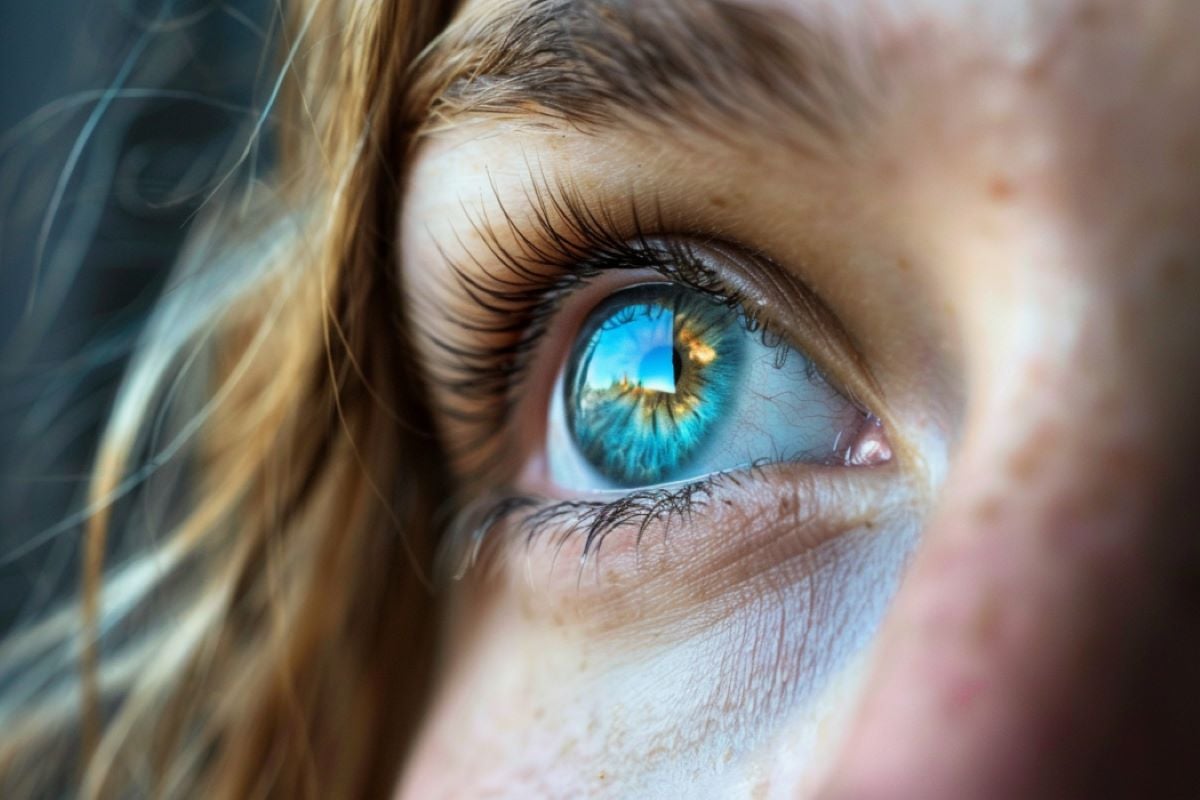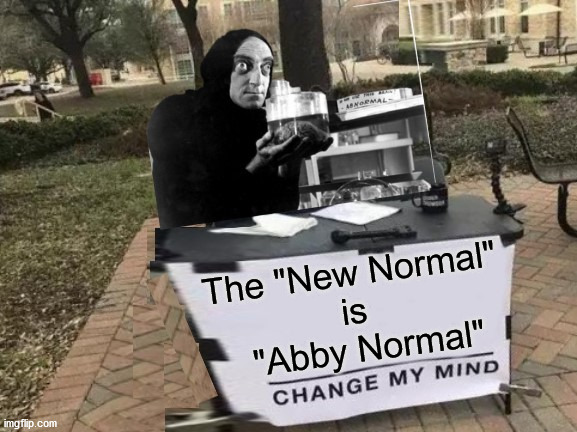Another stellar piece of research by the Swiss.
The egocentric frame is still a mystery. We know it's being processed in the hippocampus but there it's context dependent.
This research shows how an important part of the context is generated.
Head position only takes 20 msec, whereas eye position takes 140 msec.

 neurosciencenews.com
neurosciencenews.com
Why?
Because head position goes directly to sensory cortex S1. Whereas eye position goes through multiple pre-cortical areas before it finally arrives in the temporal lobe.
This information dovetails perfectly with the hypothesis I presented in the other thread.
Our consciousness is "slightly ahead of" real time. That's why we're "aware".
The egocentric frame is still a mystery. We know it's being processed in the hippocampus but there it's context dependent.
This research shows how an important part of the context is generated.
Head position only takes 20 msec, whereas eye position takes 140 msec.

How Our Brain Deciphers Gaze Direction - Neuroscience News
A new study reveals the precise moment the brain detects gaze direction, enhancing our understanding of social interactions and disorders like autism and Alzheimer's.
Why?
Because head position goes directly to sensory cortex S1. Whereas eye position goes through multiple pre-cortical areas before it finally arrives in the temporal lobe.
This information dovetails perfectly with the hypothesis I presented in the other thread.
Our consciousness is "slightly ahead of" real time. That's why we're "aware".


